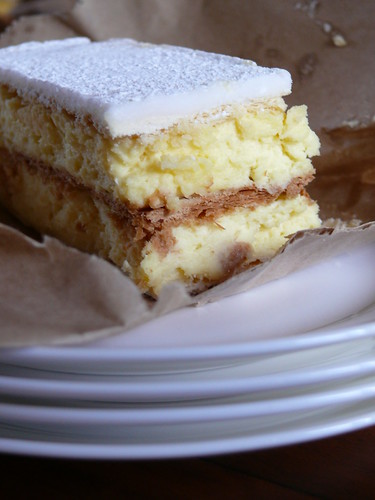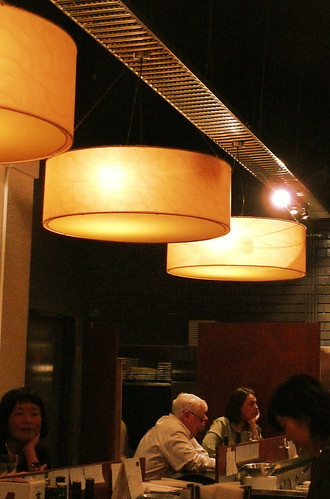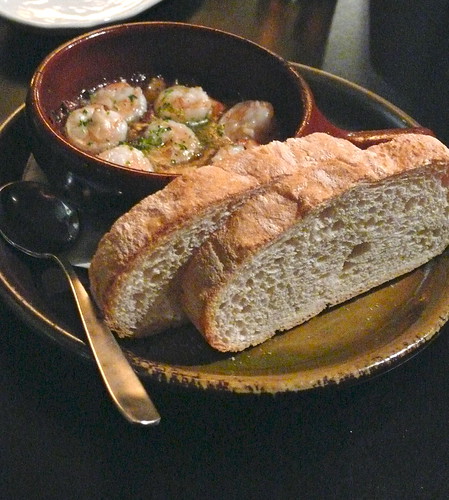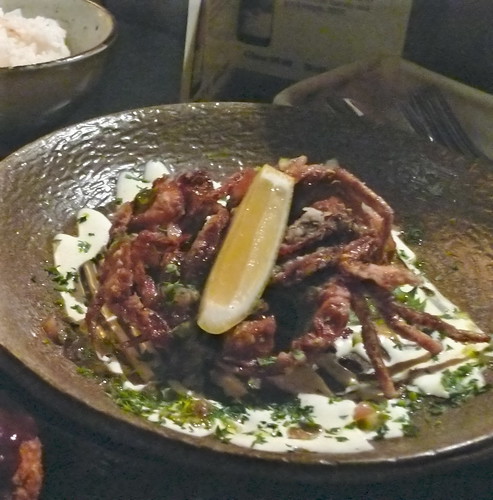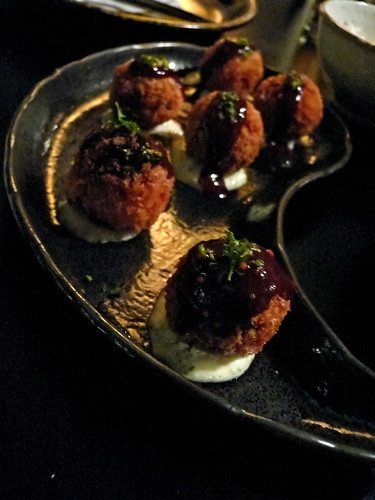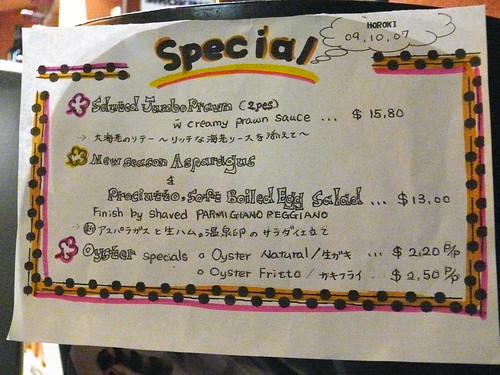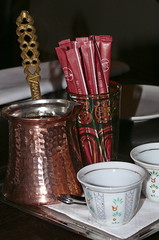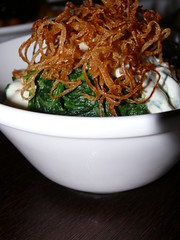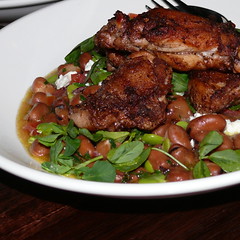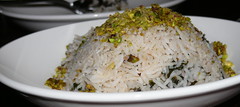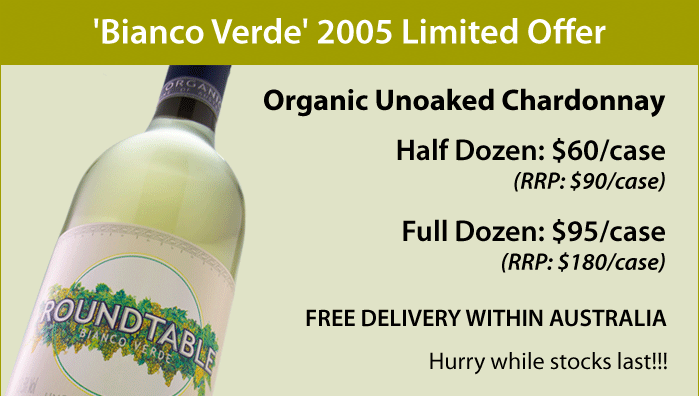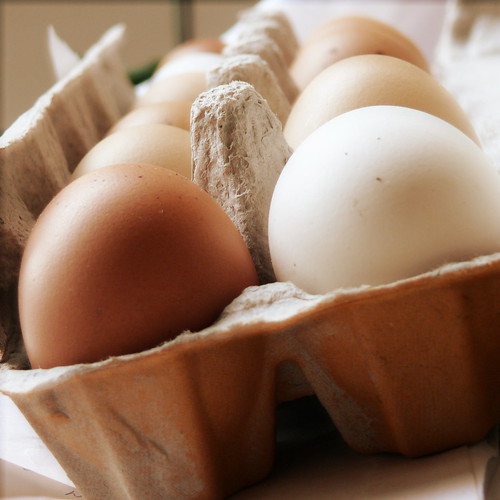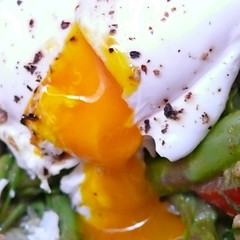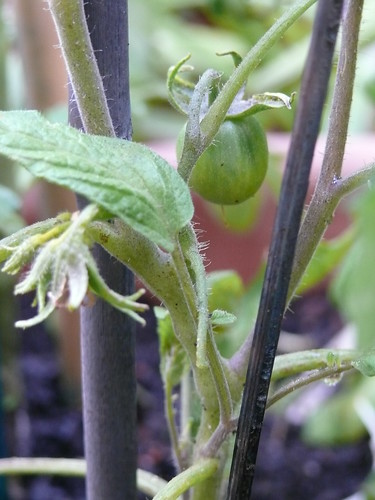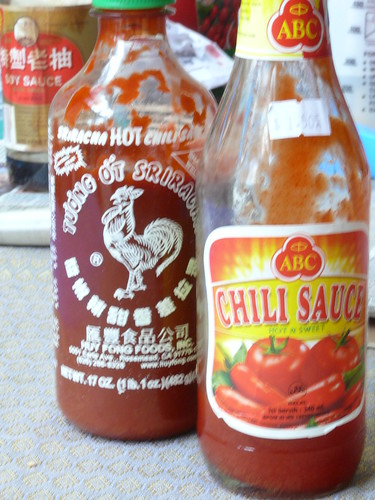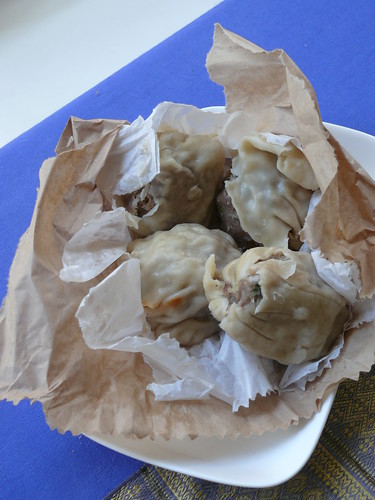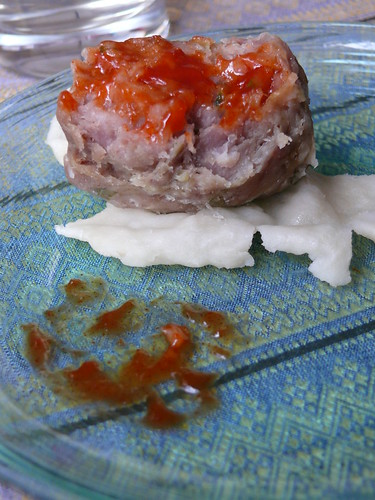A bee buzzes near my ear.
The grass tickles my neck and the backs of my arms as I lie on my back with my long locks fanned about my head. It’s a sunny day and I am a child sprawled in the cool of the shadows, under the large lemon tree in my grandparents’ garden.
The branches hang down low to the ground and with my head near the trunk I am enveloped by the sprawling tree. Amongst the leaves the bees hover and crawl, and when drunk on nectar, they leave the garden heavy with their bounty bobbing and wobbling on a dipping flight path.
The air around me is heavy with the perfume of citrus blossom.
I studiously watch the delicate white flowers being pollinated. The industrious bees will pave the way for the weeks to come when I will observe the tiny budding fruit swell and ripen until the boughs are groaning with fruit. Grandpa will give buckets of coarse skinned lemons away to the neighbours and there will be shopping bags full for Mum.
I love the lemon tree’s deep green leaves and the little white flowers with their pronounced pistil and stamens. I love the scent of the cool earth mixed with lemon blossom and the hum of the bees so much, that comforted in this hidden corner of my world, I drift off to sleep.
I’m not a baker. People who bake love the precision of weights measures and temperatures. I learnt that when my father studied to be a Pastry Chef at William Angliss during his mid-life crisis.
I am a cook - an intuitive type, with a short attention span - who occasionally succumbs to the need to provide for visiting sweet tooths. It’s not in my nature to bake spontaneously and my baking tendencies are so weak that I don’t have a mix-master, so sweet recipes need
to be simple.
 Mr Stickyfingers eats tons of chocolate and is an ice creamophile but he can generally take or leave cake and biscuits on a daily basis. Both of us prefer salty snacks.
Mr Stickyfingers eats tons of chocolate and is an ice creamophile but he can generally take or leave cake and biscuits on a daily basis. Both of us prefer salty snacks.
But I have discovered a weakness. It is a fondness shared by many people who do not usually eat dessert or cake. This cake is the one I trot out when I need something that will transport well and like the loaves and fishes, is a crowd pleaser that will go a long way. It keeps well too if you need to make it in advance.
The cake is Lucy Rushbrooke and Greg Malouf’s Lemon yoghurt cake from Arabesque. It has proved to be foolproof. I can make it with a spatula or hand beater, and I use fresh free range duck eggs, freshly ground almond meal, the finest semolina I can find, King Island Yoghurt and fresh organic butter to make up for my baking inadequacies. And if the mix is not exactly measured, it still works.
In typical Melbourne fashion, Mr Stickyfingers procures the ten lemons it generally requires to make the cake and syrup, from branches hanging over various neighbours’ fences. Living where we are, the first Greek Migrants left a legacy of now neglected olive, lemon and fig trees with limbs that protrude into back laneways to plunder over the course of
the year. We love the fine mist of lemon oil that spritz’s the air as you zest and cut the fresh home grown lemons, so I double the amount of zest used.
To the lemon syrup you pour over the hot cake, I add a splash of orange blossom water, glucose syrup and I use Limoncello instead of brandy. That’s the intuitive streak again, which has been hankering also to infuse cardamom and to make a blood orange version of the cake with star anise and cinnamon in the syrup mix. May be next time.
The cake is heavenly – not too sweet and as lemony as you can get without being sour. I can smell all the lemons as I inhale the magnificent baked aroma. The colour is majestic and the texture soft and moist, it’s best served with berries and extra yoghurt or ice cream, and in the right circumstances I garnish it with fairy floss too. I love it. Thank you Lucy and Greg.
Arabesque is published by Hardie Grant. RRP $39.95 paperback
STICKY LEMON-YOGHURT CAKE
250g butter
200g castor sugar
4 teaspoons lemon zest (I double this)
4 eggs
50g plain flour
2 teaspoons baking powder
250g fine semolina
200g ground almonds
6 tablespoons lemon juice
120g plain yoghurt
SYRUP
1 cup lemon juice
175g castor sugar
½ tablespoon brandy (I use a tablespoon of Limoncello)
I add a tablespoon of glucose syrup – it makes a thicker syrup, but it’s not mandatory
Cream together the butter, sugar and lemon zest until the mixture is pale and smooth. Then beat in the eggs, one by one, ensuring each one
is completely incorporated before adding the next. Sift flour and baking baking powder over the top, and gently fold in with the semolina and ground almonds. Then mix in the lemon juice and yoghurt. Pour the mixture into a well- greased springform tin (I use a silicone cake mould, and the cake pops out easily), and bake in a preheated 170 °C oven for
50-60 minutes, or when the cake is firm to the touch and golden brown.
Combine the lemon juice, sugar and brandy/Limoncello, glucose in a small pan and bring them to the boil. Reduce the heat and simmer for
5 minutes to make a syrup.
Remove the cake from the oven and pierce it all over with a skewer. Pour the syrup over the hot cake and allow it to soak in. I remove the cake from the silicon mould when it has cooled and then add a little more syrup to the top. The cake will keep in an airtight container for several days.
Postscript. Another 'non baker' made the cake and complained that the syrup kept running toward the edges and so the centre missed out on the powerful lemony flavour. I always grab a silicone pastry brush and keep stroking the syrup back and forewards to distribute it evenly across the cake. I guess it's an intuitive thing to do, to ensure that all of the cake benefits from the syrup. Adding glucose syrup helps too, as it makes the syrup thicker. This way it mostly sits where it's put, until sinking into the cake.
PPS. Blogger Thanh made this cake and found it to coarse for his liking. He is a sponge cake enthusiast. I warn you, this is not a sponge cake but it doesn't have to be coarse. Mine turns out fluffy and fine because I use the finest milled ingredients (semolina, almonds etc) I can get. As always in baking, the better quality the ingredients and the fresher they are, makes a world of difference to the outcome. Also remember that eggs should be at room temperature and for this cake, preferably recently laid.

